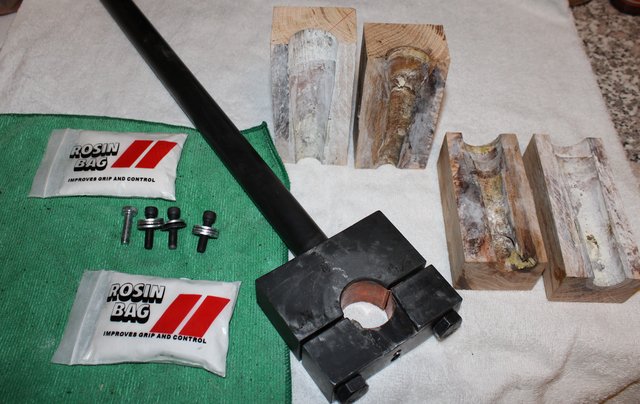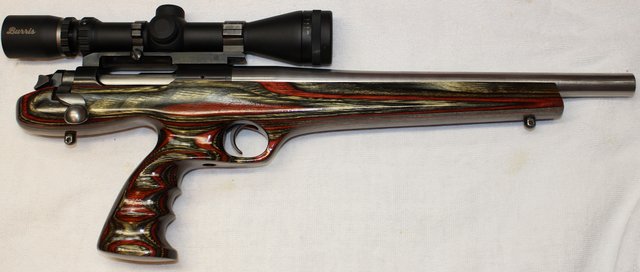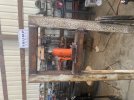A Savage bolt action with barrel nut really needs three points of holding. The barrel needs to be secured (chunk of pallet hardwood drilled, split, and rosined as has been mentioned, softwood (pine or fir) is no good. The action needs to be clamped in a wrench around the front receiver ring. Savage actions are butter soft and twist/crush easily so a good-fitting wrench insert is important and NEVER stick a bar through the action cut-outs as you'll simply twist the rails like a piece of taffy. Last, the barrel nut wrench, smack it with a plastic dead-blow hammer from Mao's Emporium aka harbor freight. Clamp the barrel tight, hold the action wrench against loosening torque, and smack the handle of the nut wrench deftly with the dead blow hammer.
Savage has a process of steel shot blasting their barreled actions AFTER assembly which forces shot under the front of the barrel nut and sometimes they won't turn on the barrel more than just a tiny bit. I like to have a spare barrel nut on hand because typically I have to split the original with an abrasive wheel to get it off the old barrel. If you have a smooth barrel nut, there should be a spanner hole on the bottom side hidden by the stock. For these I just use a pipe wrench to take it off and replace it with a splined one when replacing the barrel. Nuts are not expensive but are not always readily available. Another good tip is replace the recoil lug with an aftermarket one which is much thicker.
All of the aftermarket barrels I've seen have undersized threads and fit loosey-goosey in the action threads. When snugging up the nut you will lose headspace as the barrel pulls up against the threads, so you'll probably have to adjust headspace several times to get it right. Generally, insert the "go" gauge and turn the barrel down against it as hard as you can by hand to pre-load and "center" the barrel threads in the action due to to the lateral slop, then hold the barrel in the bench-mounted vise and the action with the action wrench to keep it from rotating as you torque the barrel nut. Recheck headspace. If it grew too much, scribe the barrel, barrel nut, and recoil lug on the bottom side, loosen the nut, remove the headspace gauge, tighten the barrel so the scribe line moves about 1/8" and try it again. If the bolt closes easily on the "go" gauge, you should be good. check with the NO go gauge to be sure and you've got it. A couple of solid whacks on the nut wrench with a 2# dead blow hammer is plenty of torque, it really doesn't take much.




